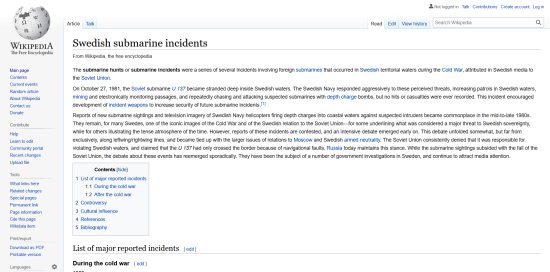It's hard to quantify, but I know that there are figures I am competent to paint, and figures which I'm terrible at painting.

I knew that Iris, Scuba Girl was going to be one of those types of figures that I always screw up. Female. Lots of flesh areas. Subtle detail.

So I picked up something new to try. This is the LED Headband Magnifier, only $8.99 USD at Ocean State Job Lot (a discount store chain in the USA).

The magnifier consists of a soft plastic loop that fits around your head, and a hard-plastic visor. The loop is adjustable via a knob on the back. See above for the catalog photo; below for my actual magnifier, excuse the dust.

The pair of LED lights are on the outside of the visor. Each takes three AAA batteries. They have individual switches, and converge to illuminate a spot about six inches in front of the visor.

The visor is large enough that it fits over my glasses. It has three levels of magnification: the built-in lens, a fold-down set of lens on the inside of the visor, and a third round lens which can rotate in front of the right eye.

The combination of lens gives 1.5X, 3X, 9.5X, and 11X magnification.

If you are using the highest magnification, you need to adjust the light (since they are pre-focused ahead of your nose, not your right eye). Branching off the round lens arm is another plastic arm ending in a mirror. By placing the mirror in the right spot, you can angle the LED light to shine on an object in front of the round lens. (It sounds tricky, but works surprisingly well.)
At this point in a Workbench article, I would normally show pictures of the painting process. Unfortunately, I didn't figure a way to take pictures through the headband.
So I painted the figure to my usual painting standard – primer, basecoat, highlights, brown wash – and turned to the magnifier to do the final details.
Just looking at my paintjob in 11x magnification made me want to quit painting forever. It was a shock. There were so many micro-mistakes, and a wash looks horrible in extreme close-up.
There's a trick to using the magnifier, in that you learn to move the figure to bring the right spot into focus (rather than moving your head). You also have to re-learn your brush skills, as your brush is probably not where you think it is! And you will need a smaller brush, because your regular brush looks like a rag at 11x.
Bottom line: You need to invest some time at it, if you're going to paint well at 11x magnification.
So here's how my scuba girl turned out:

I still have a long way to go with my painting, but if this is not perhaps a great paintjob, it is at least an accurate paintjob!

The brown wash works in some places, but in some areas it is too stark, or even makes the figure look dirty. I'll have to try a new technique next time.

My long-time pot of flesh-color paint finally dried up, so this was my first time using Coat d'arms 213 Flesh. I was happy with it. With regard to painting fleshtones in general, I obviously need more practice with shading and highlighting. The paint texture was also rough due to my not being used to painting under magnification.

I used the base supplied with the figure. The coral was painted neon green, and a coarse craft-store sea-sand was added.
Why bother to paint at 11x when your figures will mostly be seen at arm's length anyway? I think this isn't a tool you'll use everyday, or even on every figure. It's a good way to check your work. It's useful when you're doing details (eyeballs!) and boundaries (places where colors meet).
Note that Iris, Scuba Girl was part of the Chronoscope line of figures, and is currently listed as unavailable at the manufacturer's website.







